Budget 2026: Key Points for Irish Farmers
Introduction
Budget 2026 has landed, and while it won’t set any hearts racing, it matters. It’s a budget of reassurance rather than reinvention; steady funding, continued reliefs, and a few long-awaited signals for farm families planning ahead. But as always, the devil is in the detail.

A Budget Built on Steady Hands, Not Bold Moves
The Department of Agriculture’s total funding now stands at €2.3 billion, an increase of roughly €170 million on last year. On paper, that looks like progress, and it is, but it’s also about maintaining momentum rather than changing direction.
The big picture is one of continuity. The €131 million package for livestock remains in place, keeping suckler, beef, and sheep welfare schemes running. The National Beef Welfare Scheme, Sheep Improvement Scheme, and the Dairy Beef Welfare Programme are all covered under this allocation. That stability will be welcomed across the country, especially after a few jittery months when there were fears of cuts.
Still, the devilish detail lurks beneath the surface. The sheep sector sees funding hold steady at around €20 million, but that’s against a backdrop of a national flock decline, from 2.46 million breeding ewes in 2024 to potentially 100,000–200,000 fewer in 2025. For many sheep farmers, this means payments will be maintained, but fewer will qualify.
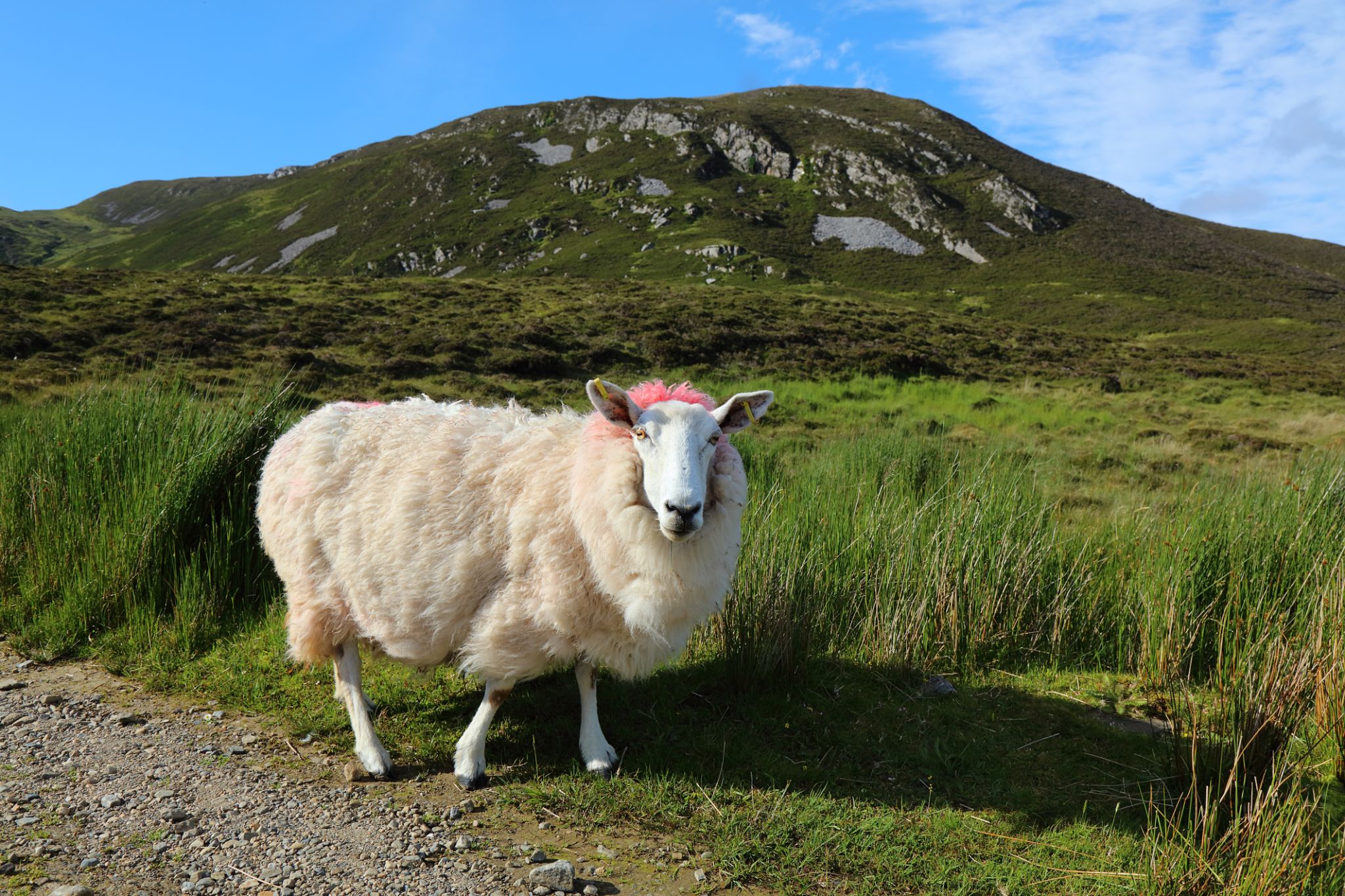
The Wins: What’s Working in Farmers’ Favour
Budget 2026 does deliver some positives, particularly for farmers thinking long-term.
The big win is on succession and taxation. The Young Trained Farmer Stamp Duty Relief, which can save up to 6% on land transfers, has been extended for another four years, along with Agricultural Relief (which offers up to 90% off inheritance tax on qualifying farm assets). Together, these measures save Irish farm families an estimated €250 million a year.
The Farm Restructuring Relief, which reduces or eliminates Capital Gains Tax (CGT) on land swaps and consolidation, also gets a four-year extension. For farmers trying to tidy up fragmented holdings, that’s a very real win.
Elsewhere, ACRES (Agri-Climate Rural Environment Scheme) receives a boost, with funding rising to around €280 million to support more than 53,000 participants. That’s an important signal that environmental schemes are here to stay, not just as policy box-ticking exercises but as core farm income supports.
Meanwhile, tillage farmers get another year of help, €30 million to cushion the blow of weather losses. It’s a short-term stabiliser rather than a long-term strategy, but given how tough 2024 was, it’s a bit of a lifeline.
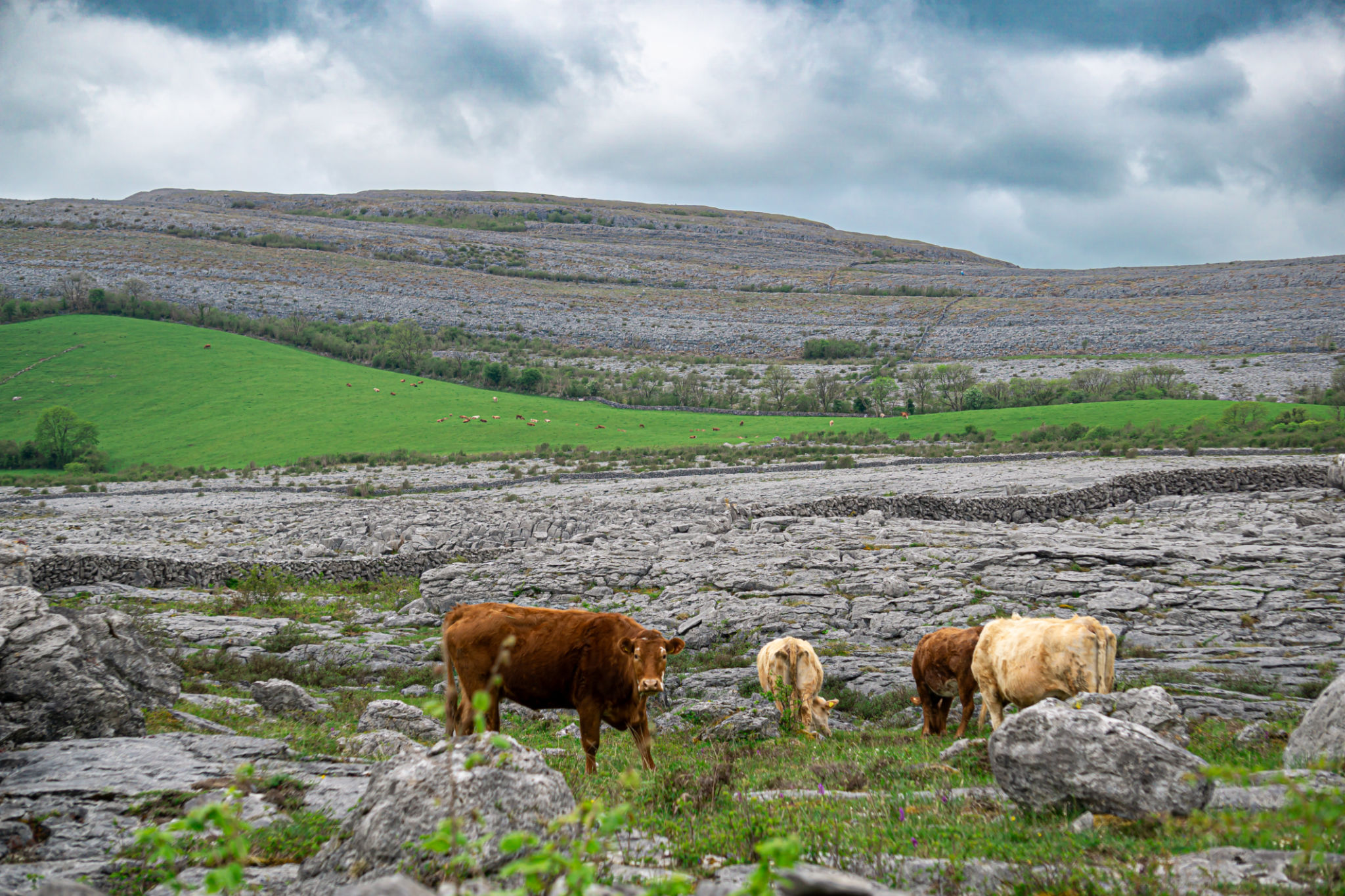
The Challenges: Still No Easy Year Ahead
For all the positives, this budget doesn’t solve the structural pressures facing Irish farms.
Input costs, especially for fertiliser, fuel, and feed, remain stubbornly high. There’s no new relief for these essentials, meaning cashflow will stay tight across many sectors. Smaller sheep and beef farms, in particular, are feeling squeezed between static payments and rising costs.
And while environmental schemes are well-funded, access remains a pinch point. Many who applied for ACRES last year couldn’t get in, and no guarantee has been given that additional places will open in 2026. That’s creating frustration in areas where farmers are ready to take on actions but can’t get approved.
Then there’s the labour question. For smaller family farms already operating on a one-person model, schemes and supports are only half the story. The other half is time, and it’s still in short supply.
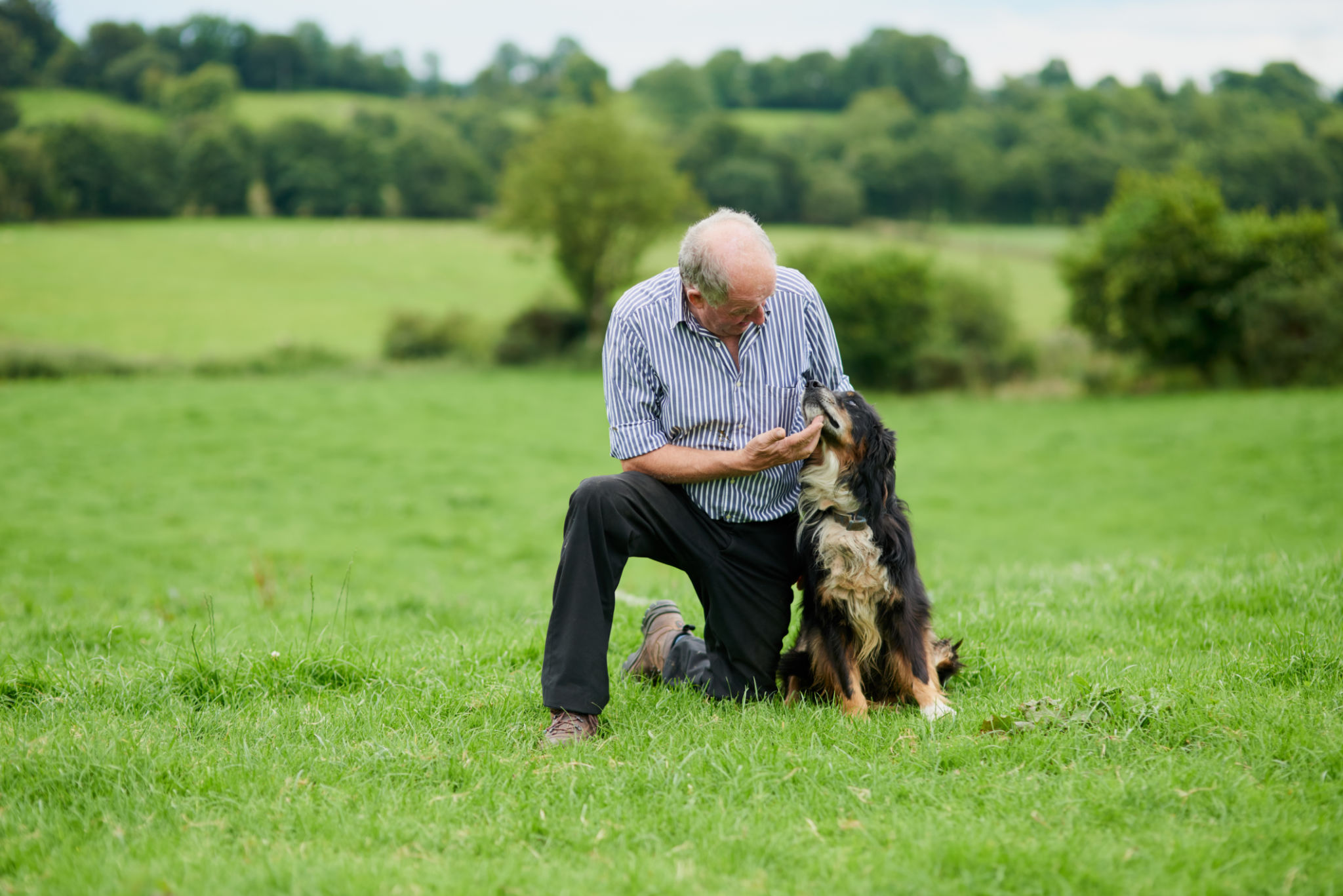
The Numbers That Tell the Story
Let’s break the budget down into hard figures that matter:
- DAFM Budget 2026: €2.3 billion (+€170 million).
- Beef, Sheep & Suckler Supports: €131 million.
- Sheep Sector: €20 million (~€13 per ewe, down €2 million overall).
- Tillage Support: €30 million continuation.
- ACRES: €280 million for 53,000 farmers.
- TB Eradication Programme: +€85 million in additional funding.
- Average Irish Farm Income 2024: ~€33,000 (down 14% year-on-year, Teagasc estimate).
- Farm Input Costs: up 22% over three years (CSO data).
Numbers don’t lie — this isn’t a giveaway budget. It’s a holding pattern: keep farmers in schemes, keep succession tax breaks alive, and buy time for longer-term CAP and climate decisions.
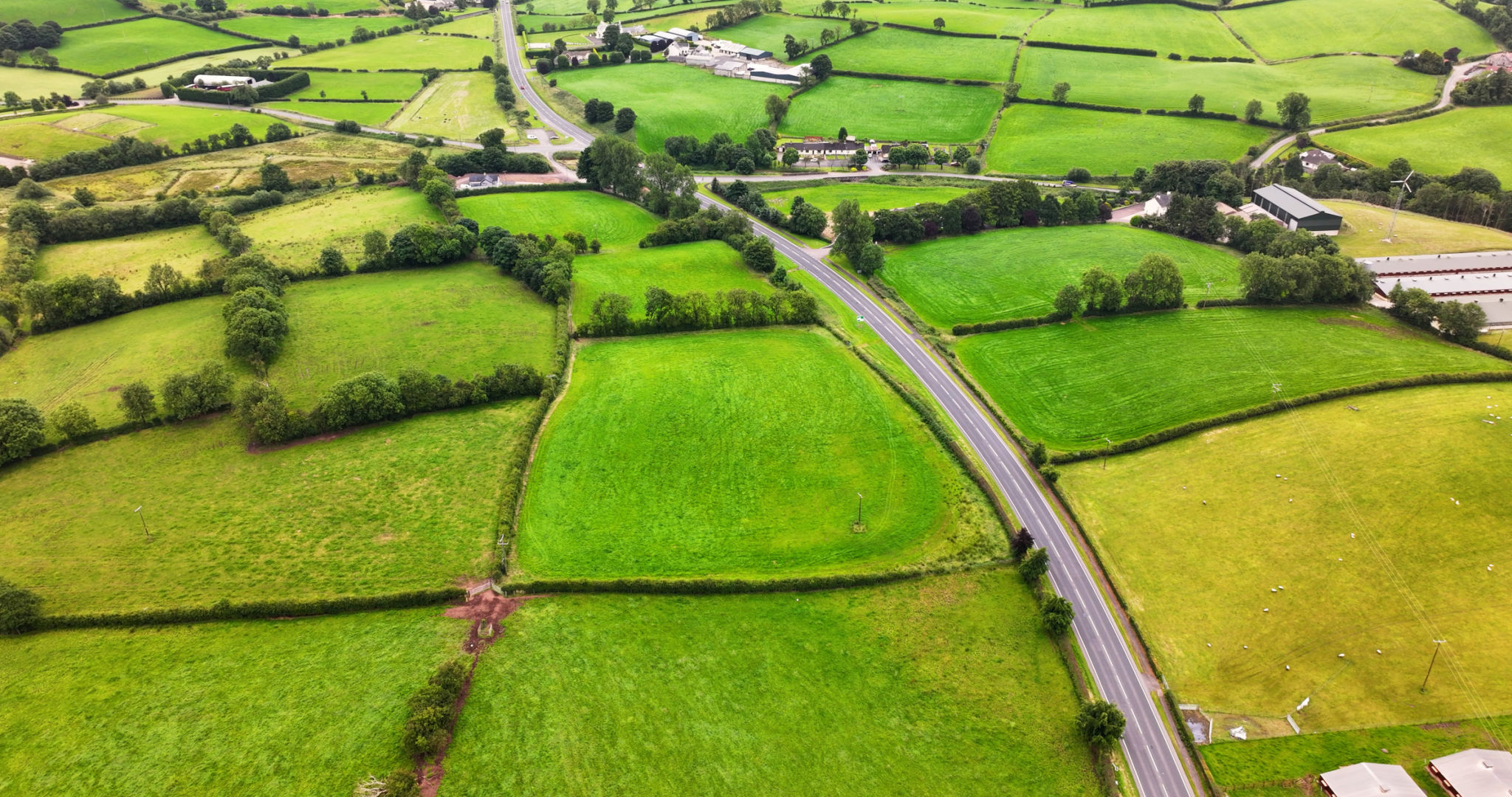
What Farmers Should Actually Do Now
1. Secure your scheme compliance early.
Double-check welfare and ACRES conditions now. Missed records or weigh-ins could mean lost payments next spring.
2. Start your succession plan, not your paperwork panic.
With reliefs extended to 2030, now’s the moment to plan calmly. Talk to your accountant before the rush.
3. Treat tillage funding as a rebuild buffer, not a bailout.
€30 million won’t fix the sector, but it can buy drainage, lime, or crop rotation improvements for next year.
4. Look at forestry or diversification grants.
For smaller farms with wet or unproductive land, the new Forestry Programme and solar schemes might now stack up better financially than chasing marginal livestock income.
5. Budget for no windfalls.
Input volatility and weather aren’t going anywhere. Build a 10% contingency into your cashflow plan, it’ll likely save you twice that later.
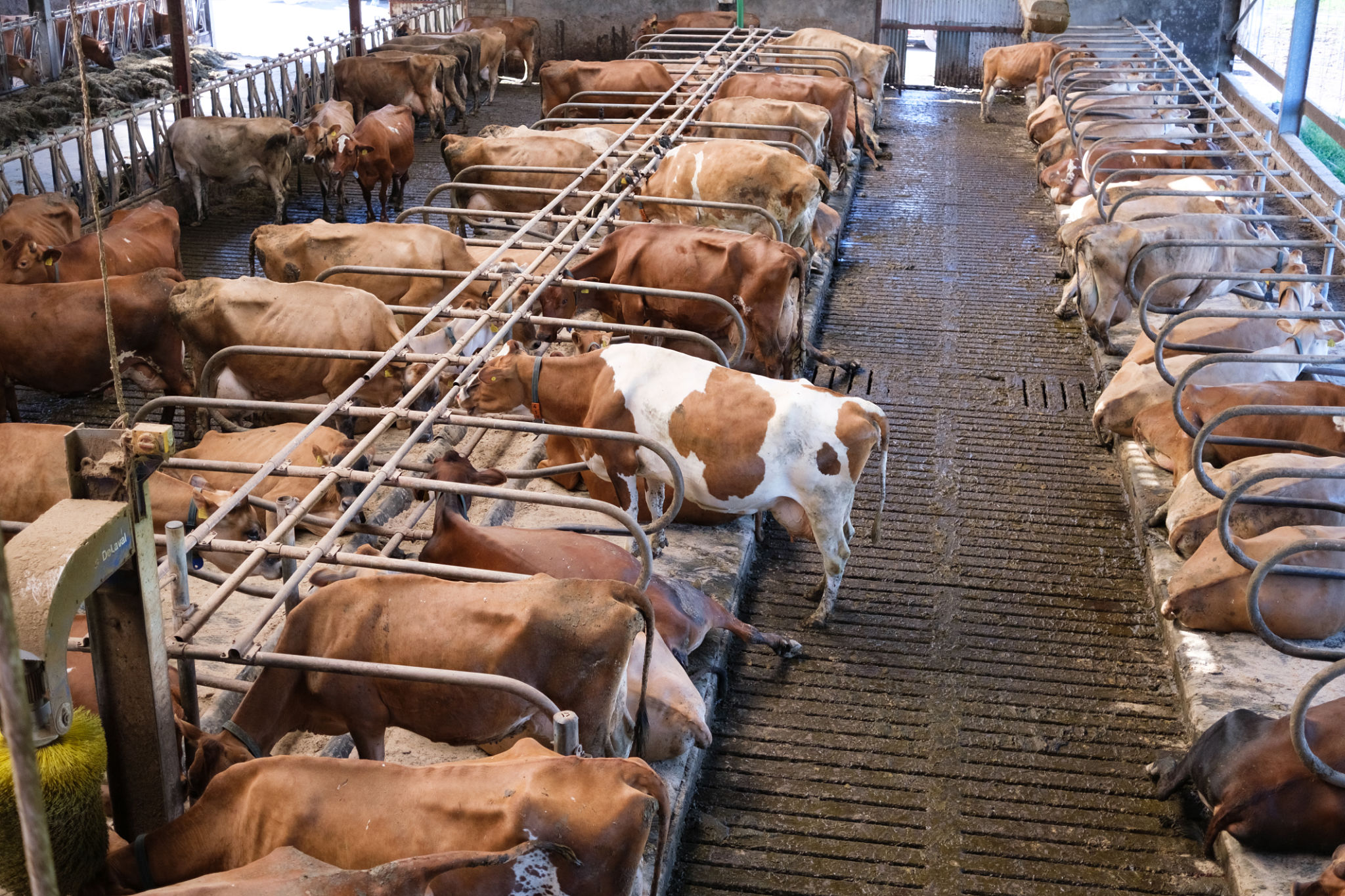
Conclusion
Budget 2026 will divide opinion. Some will call it a steady hand; others will see it as another missed opportunity. But for most Irish farmers, it’s a case of business as usual, steady payments, familiar pressures, and cautious optimism.
*By Anne Hayden MSc., Founder, The Informed Farmer Consultancy.
